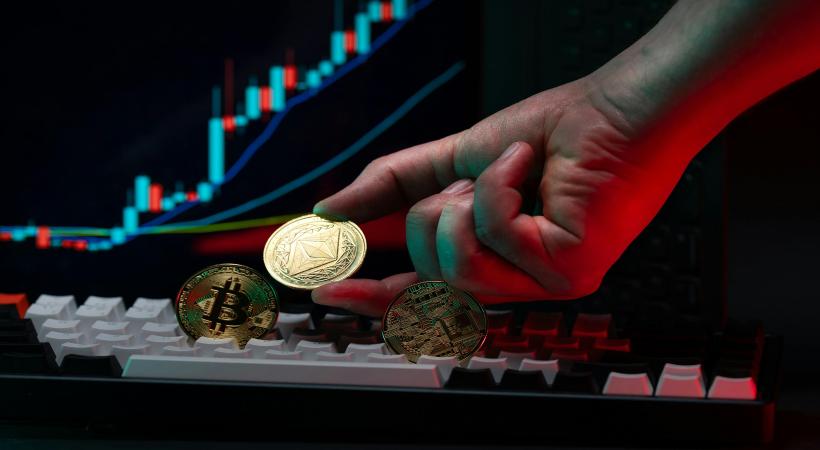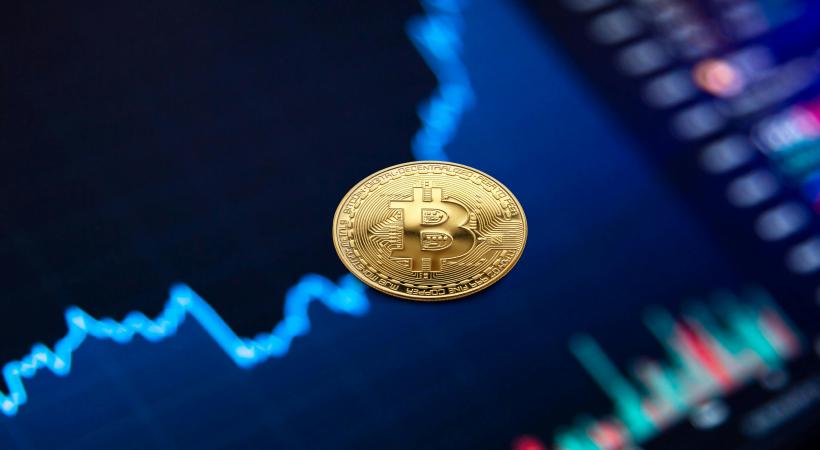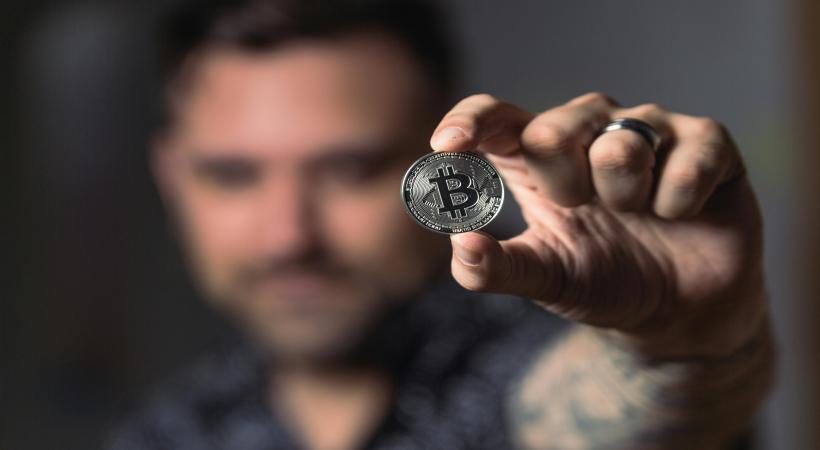
The Rise of DeFi: How Decentralized Finance is Changing the Crypto Game
Decentralized Finance (DeFi) is one of the most transformative innovations to emerge from the cryptocurrency ecosystem. By using blockchain technology, DeFi aims to create a decentralized alternative to traditional financial systems, offering users a more transparent, secure, and accessible way to manage their money. In this blog, we’ll explore what DeFi is, how it works, and why it’s considered one of the most exciting developments in the world of crypto.
What is DeFi?
DeFi refers to a collection of financial services and applications built on blockchain technology that operate without intermediaries like banks, brokers, or lenders. These services are powered by smart contracts on decentralized networks such as Ethereum, Binance Smart Chain (BSC), and Solana.
DeFi platforms offer a wide range of services, including:
-
Lending and Borrowing: Users can lend their cryptocurrency to others in exchange for interest, or borrow funds by collateralizing their assets.
-
Decentralized Exchanges (DEXs): Platforms like Uniswap and SushiSwap allow users to trade cryptocurrencies without relying on centralized exchanges.
-
Staking and Yield Farming: Users can earn rewards by staking their crypto or providing liquidity to decentralized pools.
-
Insurance: Some DeFi platforms offer decentralized insurance products to protect users against risks.
How Does DeFi Work?
At the core of DeFi are smart contracts, which are self-executing contracts with the terms of the agreement directly written into code. When certain conditions are met, the contract is automatically executed, removing the need for a central authority to mediate the transaction.
For example, when you lend your cryptocurrency on a DeFi lending platform, a smart contract governs the entire process, ensuring that the loan is repaid, and interest is distributed. These decentralized protocols are transparent, open-source, and operate without intermediaries.
The Advantages of DeFi
DeFi has several advantages over traditional finance systems, including:
-
Decentralization: DeFi platforms operate without central authorities, providing greater security and reducing the risk of censorship or government control.
-
Transparency: All transactions are recorded on the blockchain, making them fully transparent and auditable.
-
Accessibility: Anyone with an internet connection can access DeFi platforms, making it a more inclusive financial system, especially for individuals in underserved or unbanked regions.
-
Lower Fees: By eliminating intermediaries, DeFi platforms often offer lower fees compared to traditional banks or financial institutions.
Popular DeFi Platforms
Several DeFi platforms have gained significant traction in recent years:
-
Uniswap: A decentralized exchange that allows users to swap ERC-20 tokens directly from their wallets.
-
Aave: A decentralized lending protocol that lets users lend and borrow digital assets.
-
MakerDAO: A decentralized stablecoin platform that allows users to generate DAI, a stablecoin pegged to the US dollar.
-
Compound: Another decentralized lending platform that lets users earn interest by supplying crypto assets.
Risks and Challenges
While DeFi offers numerous benefits, it also comes with risks:
-
Smart Contract Vulnerabilities: Bugs in smart contract code can lead to potential exploits or hacks.
-
Regulatory Uncertainty: DeFi operates in a gray area of regulation, and governments could introduce regulations that affect the future of DeFi projects.
-
Liquidity Risks: Some DeFi platforms require users to provide liquidity, and there’s a risk of impermanent loss if the value of assets fluctuates.
Conclusion
DeFi has the potential to revolutionize the financial industry by providing decentralized, transparent, and accessible financial services to a global audience. While the space is still in its early stages, DeFi projects like CryptoWavePro are paving the way for a new era of finance. If you’re looking to explore DeFi, there’s no better time to start than now!




